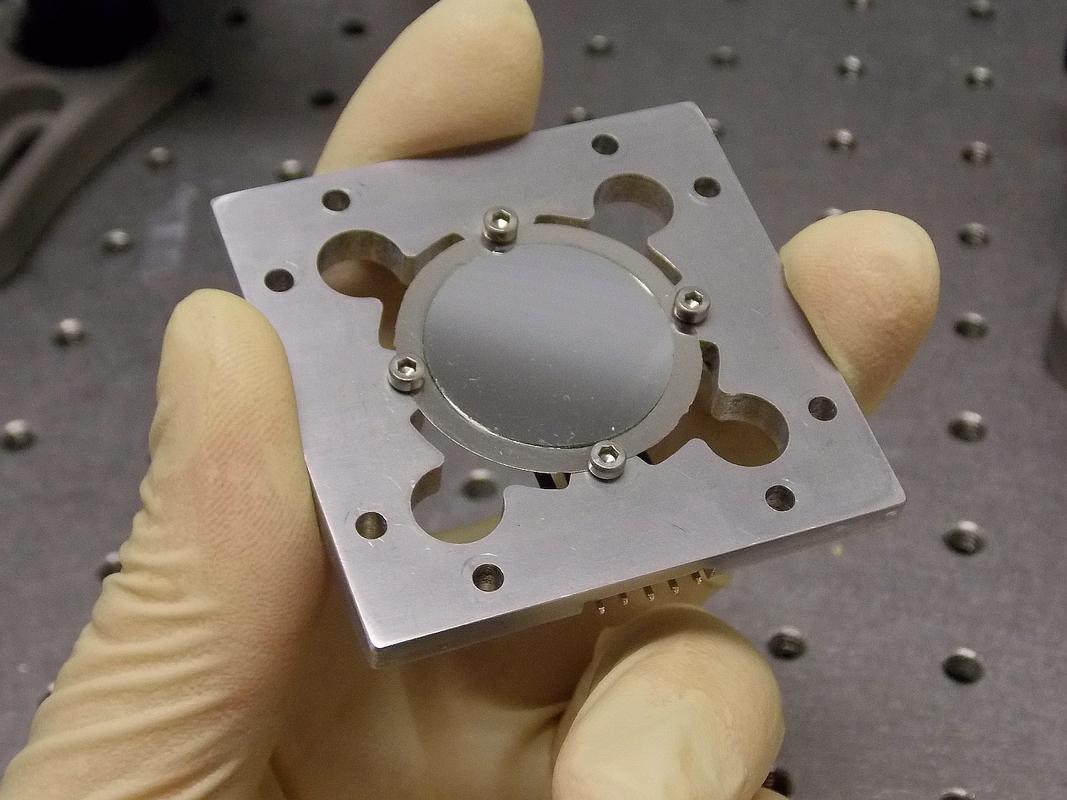
The University of Ljubljana is trying to increase its connection with economy in two ways. The first is the Ljubljana University Incubator (UI), and the second the Rector Award for the best innovation, thus encouraging university researchers to commercialize their projects either through a patent, or a company.
The competition is being held for the sixth consecutive year. The technical commission selected eight finalists out of 22 teams with 78 participants, and named the three winners following the set criteria - two projects of the Faculty of Pharmacy, and one of the Faculty of Mechanical Engineering.
"Thirty percent of the participants were researches and professors, which is very encouraging since they represent a bridge between the economic sector and the University. Since 2010, when the Rector award for the best innovation of the University of Ljubljana was held for the first time, 461 participants and 162 ideas have been presented. Some disappear, some evolve into new ideas though experience, and 20 percent evolve into start-up companies," explained the General Manager of the Ljubljana University Incubator Dr. Lidija Honzak.
The first place was taken by the thin ”Piezoelectric deformable mirror” which had already been awarded internationally - it won the first place at the competition Texas Instruments Innovation Challenge (TIIC) - Europe Design Contest, organized by one of the leading world producers of measuring systems, Texas Instruments.
It is a mirror which bends with precision and ease, Jaka Pribošek, a member of the entrepreneurial team, explained for MMC. It uses the piezo effect: the material contracts or expands under electric voltage. It is applied to a thin metal membrane with four electrodes made of piezoelectric ceramics on the rear side. By changing voltage at the electrodes the mirror can tilt or bend on two axis. The system is precise and extremely fast, reacting up to thousand times per second, Pribošek emphasizes.

































































